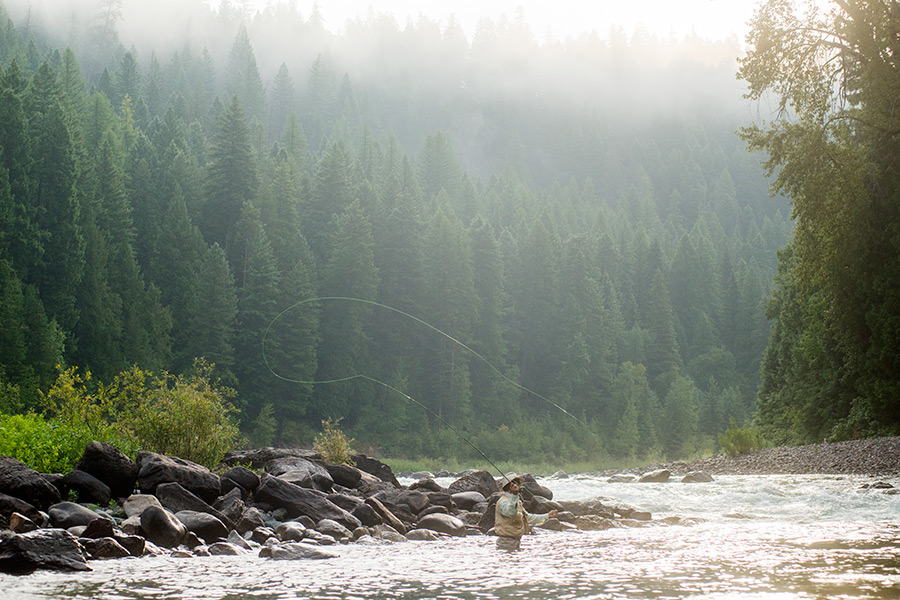In the winter of 1864, the first legislative assembly in the Montana territory convened at Bannack to form the bedrock principles that would guide the burgeoning region, including standards for roads, elections and trials.
Among those original priorities was a relatively simple yet extreme decree, and it was in regards to trout fishing. As settlers increasingly swept the new territory, market fishing had begun to diminish the native fisheries. Recognizing the need to prevent fish populations from being wiped out, the assembly passed a law requiring the use of a pole, hook and line as the only proper means of fishing.
Three decades later, shortly after becoming a state, Montana enhanced its efforts to prevent the over-hunting of big game herds and depletion of fisheries and established a formal agency to manage fish and wildlife resources.
Today the Montana Fish, Wildlife and Parks department is still carrying on that legacy of conservation and management across the state. In a state renowned for its abundant outdoors and wildlife, the agency oversees hunting, fishing and boating opportunities, public land and recreation sites and the research and protection of species of concern.
It’s a tall task and often draws criticism and scrutiny from passionate residents, especially as new challenges arise, including the threat of aquatic invasive species, aging hunter demographics and shrinking budgets.
Hoping to evaluate itself and set priorities for the next 10 years, FWP is embarking on an initiative to welcome public input. Ten public meetings are planned across the state, including the final event in Kalispell on Aug. 12. The listening session is at The Museum at Central School from 6 to 9 p.m.
“This is an evaluation of our vision and goals, like many businesses do periodically, to make sure we’re prioritizing actions that the public also feels are important and that we’re meeting the demands of the public into the future,” FWP Fisheries Biologist Amber Steed said.
FWP officials hope residents will provide input on a variety of subjects, including the management of species and public land, opportunities for hunting and wildlife viewing and beyond.
“It’s really a complex system we operate in, and we want to make sure we’re doing what the public thinks we should be doing,” Regional Supervisor Jim Williams said.
Beyond the upcoming meeting, FWP is accepting comments online at fwp.mt.gov, as well as conducting internal reviews.
One of the goals is to ensure the agency is remaining relevant in today’s culture, Steed said.
FWP last updated its vision statement 20 years ago. During that scoping period, the main topics to emerge involved the block management program, which compensates landowners for the impact of allowing public hunting. Other priorities involved helping the grizzly bear and cutthroat trout populations recover, which led to formal state and federal strategies that have largely proven successful in most of this region.
Montana’s population of residents continues to age, and that involves the vast majority of hunters. The agency wants to find new ways to connect with younger generations, including the use of technology, such as smartphones.
“There is a lot of young energy out there in the community. How do we stay relevant in the next 20 years with all of these changes?” Williams said. “There is a lot of passion for clean water, wildlife, fisheries, recreation, public access, and a lot of business depends on those. We’re reaching out and asking, ‘What are the needs?’”
At other meetings across the state, attendees have raised concerns over the enforcement of fish and wildlife laws, declining budgets for the agency that have minimized programs, hunter recruitment and the threat of climate change to habitat and wildlife populations.
“This will provide a foundation on which we build programs, priorities and services that the public and our communities want,” Williams said.
